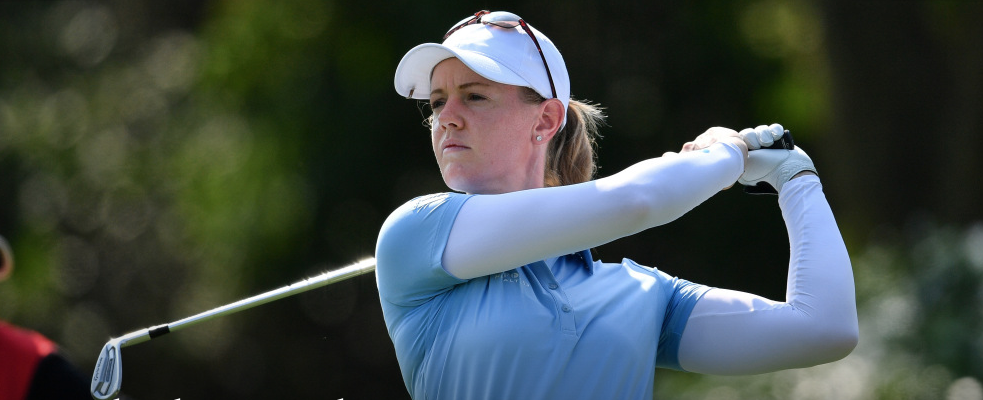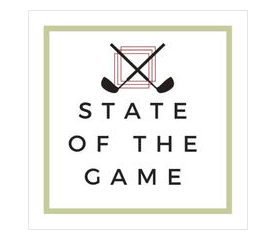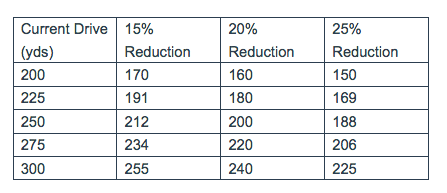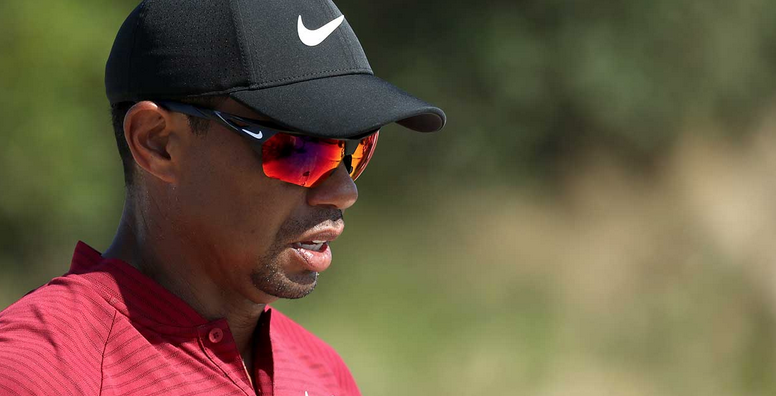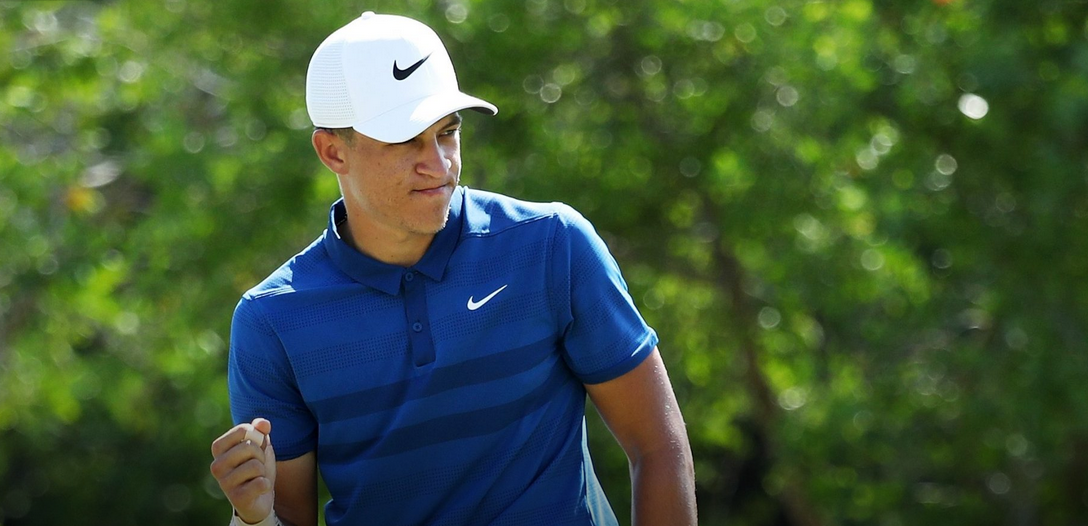Instant Poll: Higher Priority For Tournament Golf: Pace Of Play Or Protecting The Field?
/The recent backstopping incident in Thailand was arguably the worst case yet in terms of optics and in helping a player save a stroke. I wrote about it here for Golfweek.
My colleague Beth Ann Nichols defended the players because of their pure-hearted nature.
Brandel Chamblee and Mark Rolfing were pretty tough on the players involved and you can see the latest incident here if you haven’t already.
Randall Mell agreed this was ultimately an effort to speed up play (on the 18th green?) even as he’s written about the perils of backstopping.
The LPGA issued this statement absolving the players of any wrongdoing.
So I ask, even though Ariya Jutanugarn could have tip-toed to the ball in 20 seconds, walked in 10, and marked, is that time saved more important than the shot lost to the field in the name of faster play?


